Results
-
 £74.00
£74.00Man of the Hour - Henry Fillmore
As with many of Fillmore's great marches, this one was written to a man that Fillmore held in high asteem. It is classic Fillmore at his best. Tuneful as can be!!
Estimated dispatch 12-14 working days
-
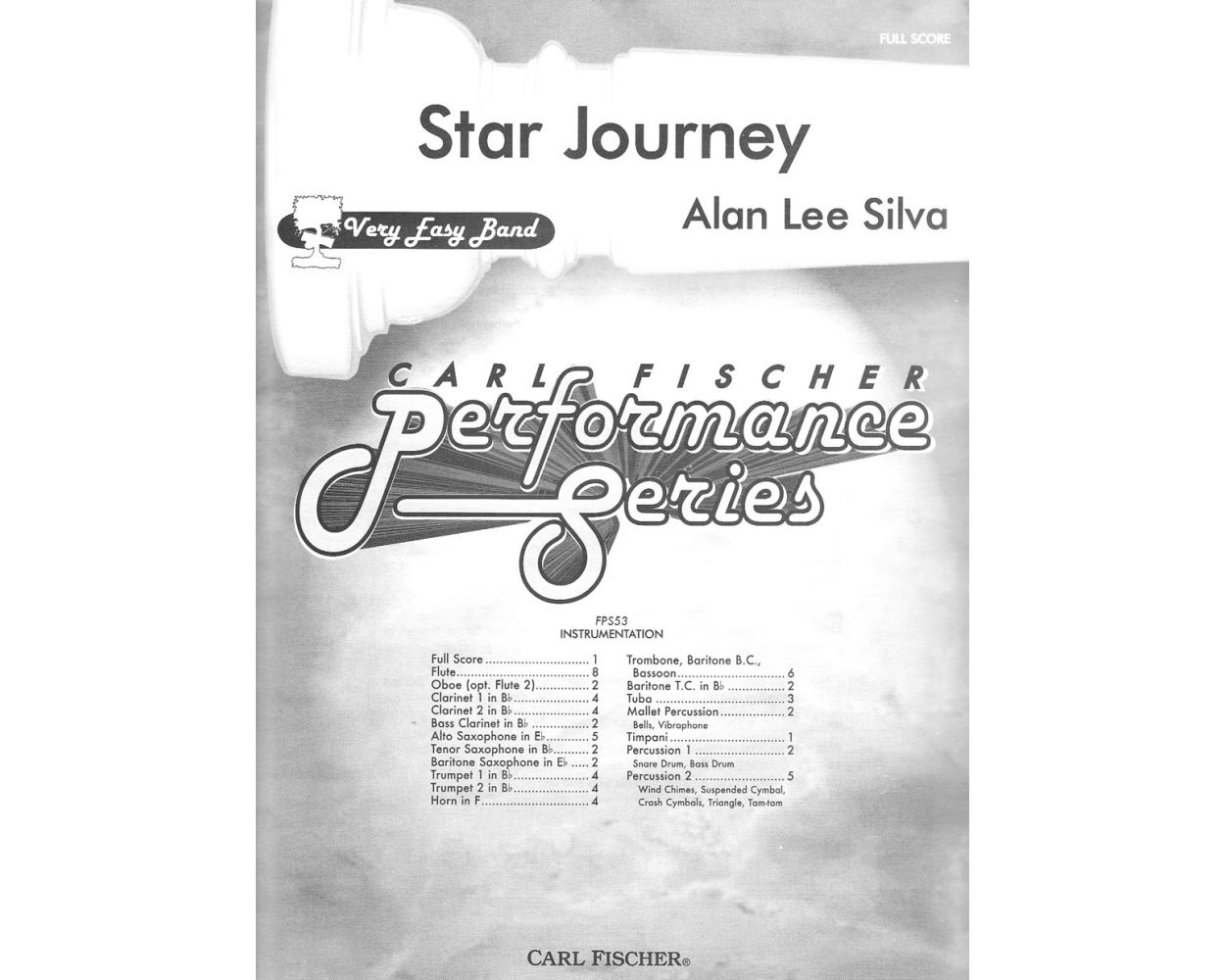 £45.00
£45.00Star Journey
An energictic contest style piece that will have your students dreaming of traveling to distance planets. You can hear the film music influence in this one by composer Alan Lee Silva. Get ready for blast-off!
Estimated dispatch 12-14 working days
-
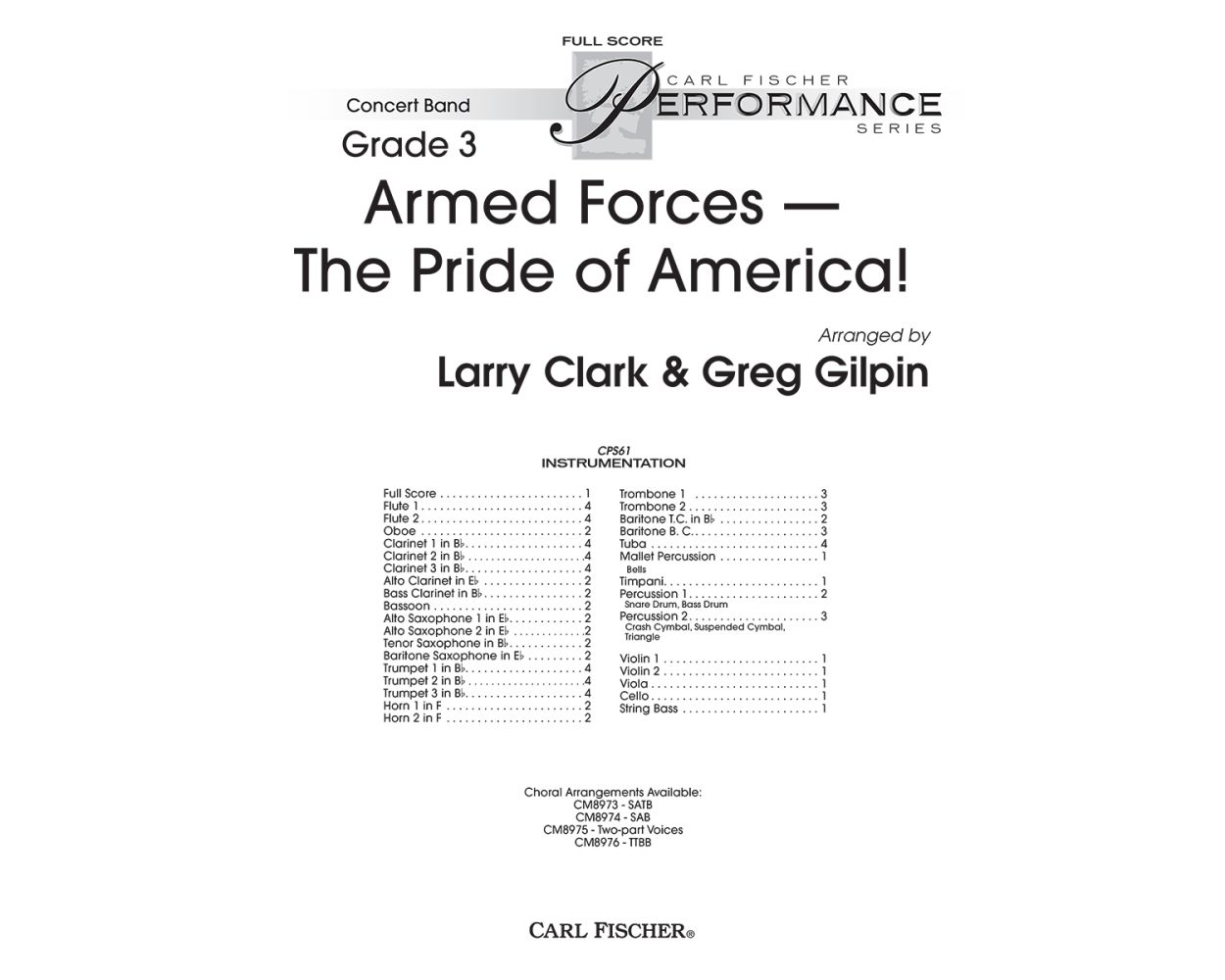 £74.00
£74.00Armed Forces - The Pride of America!
This is the definitive patriotic armed forces tribute. It features the official songs of all five branches of the Armed Forces, plus The Pledge of Allegiance and The Star-Spangled Banner, with optional audience participation. It even includes parts of Sousa marches as interludes! (The U. S. Army song is the original The Caissons Go Rolling Along version.)This version can be performed as Concert Band with or without Strings, and with piano, SATB, SAB, Two-part, or Men's Chorus.Reproducible string parts are included.
Estimated dispatch 12-14 working days
-
 £41.00
£41.00Sliding the Scale
Now you can teach the Bb scale in a fun way Your audiences will love this cute piece that features the trombone section with idiomatic glissandi. Great to liven up a concert!
Estimated dispatch 12-14 working days
-
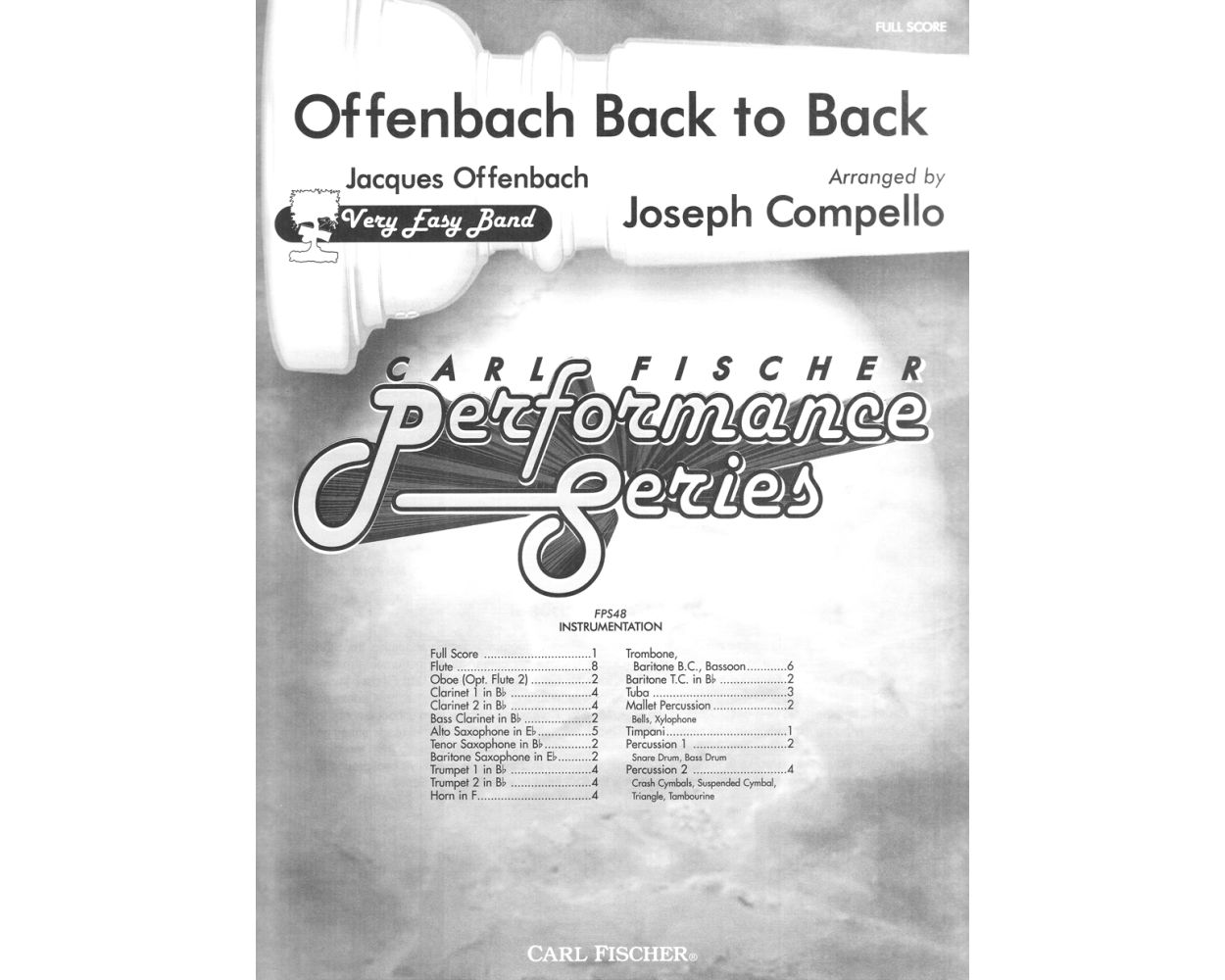 £45.00
£45.00Offenback Back To Back - Jacques Offenbach
Two of Offenbach's most popular works Barcarolle and the famous Can-Can are presented in a playable arrangement for developing bands. Bands can work on expressive lines in the Barcarolle and have lots of fun with the Can-Can. A perfect introduction to the music of this popular composer.
Estimated dispatch 12-14 working days
-
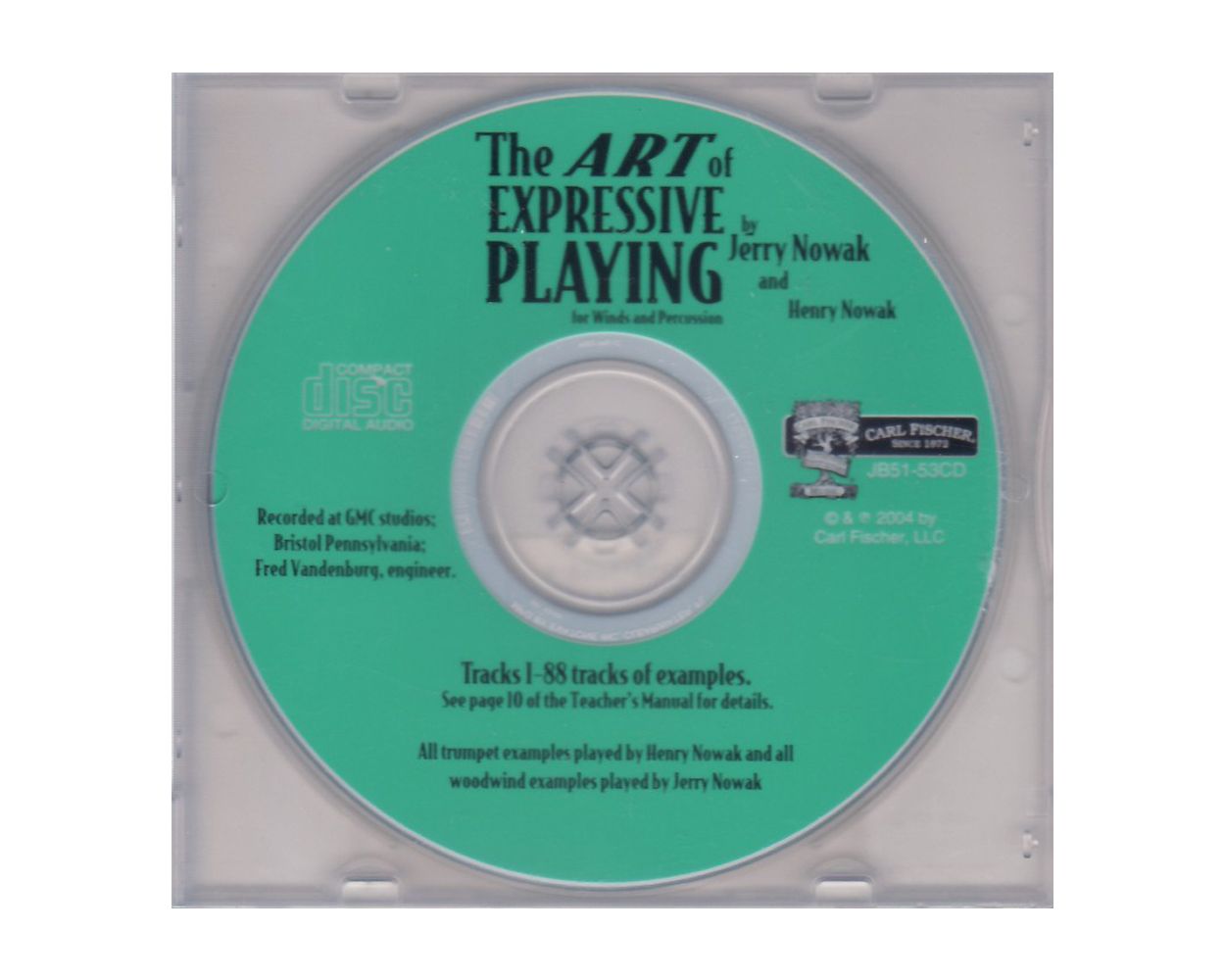 £12.00
£12.00The Art of Expressive Playing for Winds and Percussion
While there are no absolute rules concerning expressive playing and phrasing, this innovative series clearly lays out basic concepts that help players become good musicians. The series focuses on the natural relationship between meter, rhythm, contour, tonality, style and historical period, and guides the player to a greater understanding of factors that can improve performance. This one of a kind text, written for teachers, woodwind, brass and percussion players, will help stimulate and cultivate more musical playing by individual musicians and by ensembles as a whole.
Estimated dispatch 12-14 working days
-
 £51.00
£51.00Silent Night - Franz Gruber
Published initially for band, the style of the accompaniment of this tender and richly scored setting of a Christmas favorite is based on the familiar Gymnopedie No. 1 by Eric Satie. It will add great distinction to seasonal programs that involve both the band and the chorus, though the choral and band versions can also be performed independently. The choral octavo comes in three versions - SATB, SAB and SSA.
Estimated dispatch 12-14 working days
-
 £63.99
£63.99Century Fanfare - Hermann Pallhuber
The Century Fanfare" was commissioned to celebrate the 100th anniversary of the Tyrolean Wind Music Association in 2025. Composed as an opening piece for concerts during the anniversary year, it highlights the festive nature of the occasion.The work begins with powerful chords, alternating between high and low brass, creating a dynamic and impressive introduction. This is followed by a symphonic march section, whose grandeur emphasizes the solemnity of the celebration. The hymn-like character gives the piece a calm, dignified flow, seamlessly integrating into the overall composition.The fanfare theme returns in the final section, culminating in a majestic and powerful ending that enhances the celebratory atmosphere.A unique feature of the Century Fanfare" is its optional ending from bar 72, which can be performed as a 40-second standalone fanfare, offering a striking musical accent for special events.The composition is versatile and designed specifically for the festivities of the anniversary year.
Estimated dispatch 7-14 working days
-
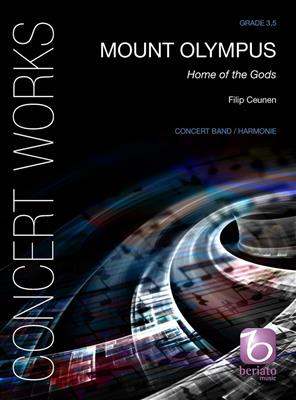 £106.99
£106.99Mount Olympus - Filip Ceunen
Mount Olympus was commissioned by the Groot Genker Orkest from Genk (Belgium) on the occasion of its 20th anniversary. In the context of this composition, Mount Olympus, the home of the Greek gods, can be seen as a reference to the Zwarte Berg (Black Mountain) in Genk, that, with its rolling hills and lush nature, is also a place of inspiration and contemplation - which prompted the composer to write this attractive work, in which various facets of the mythological mountain Olympus are represented.
Estimated dispatch 7-14 working days
-
 £99.99
£99.99Return to Muse - Jacob de Haan
The divine muse of music could not be served through togetherness during the Covid pandemic. Giving even more reason to celebrate the fact that we can make music together now, back in the lap of the muse. In this work, various emotions are expressed: vulnerability, despair, but mostly hope, euphoria, and gratefulness as muse, music, and musicianship come together beautifully.
Estimated dispatch 7-14 working days
